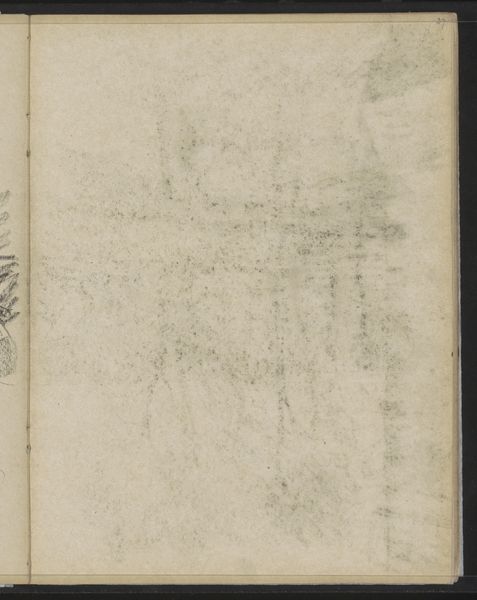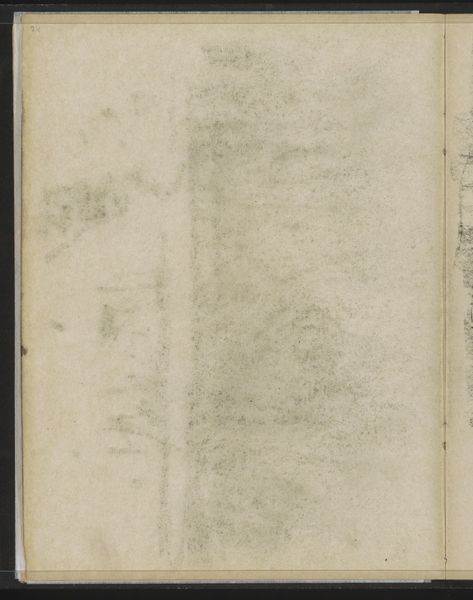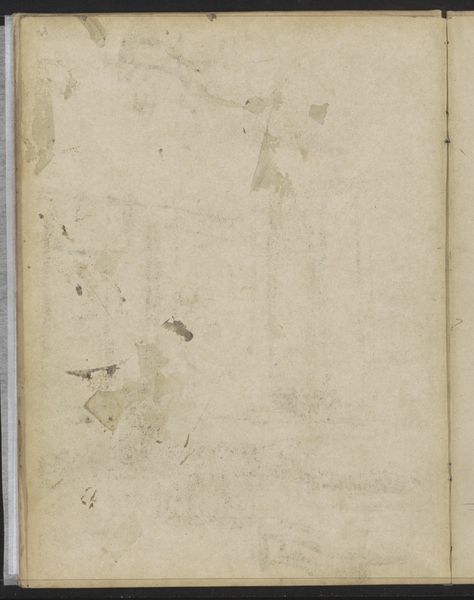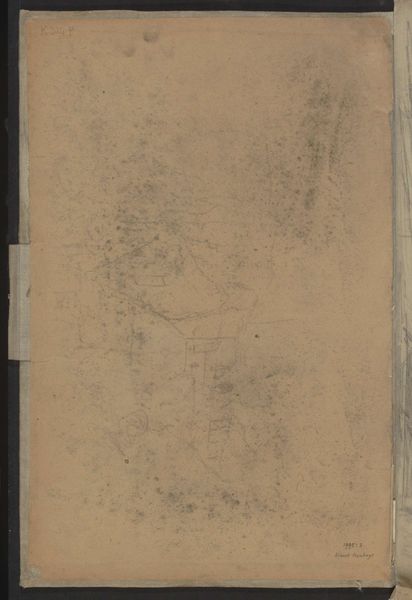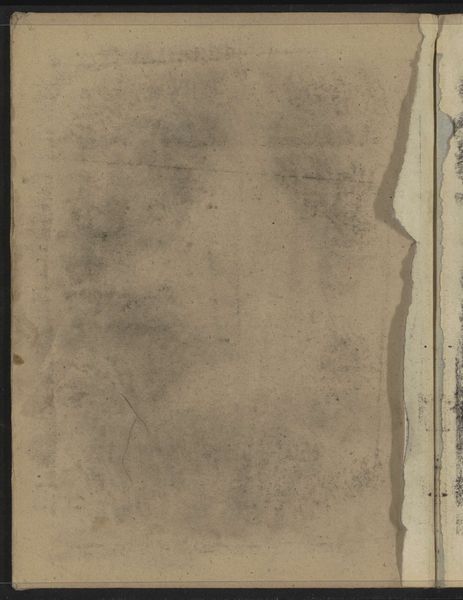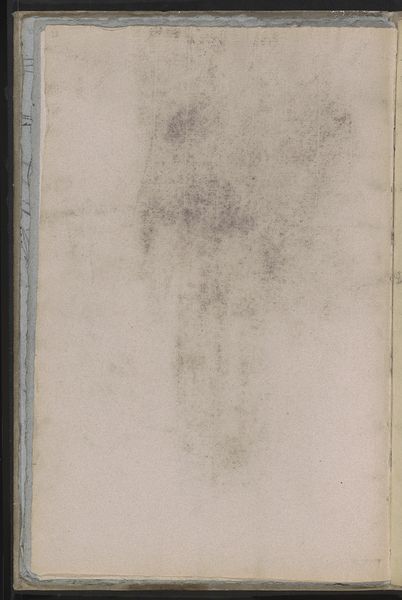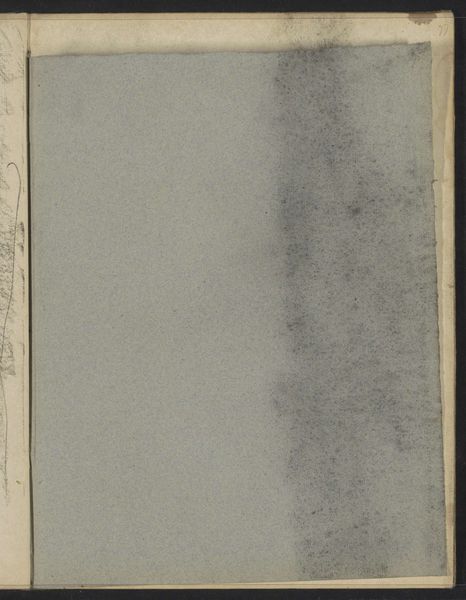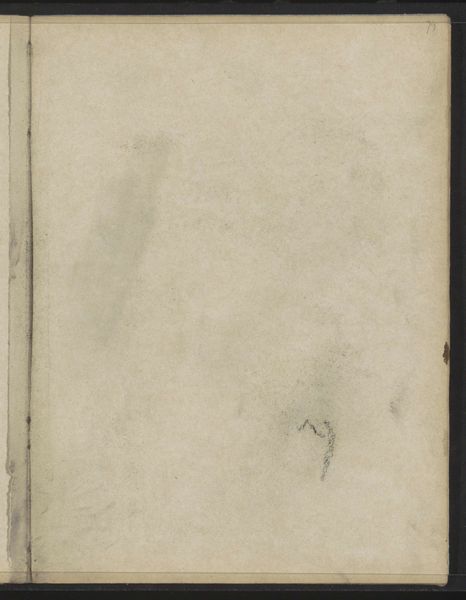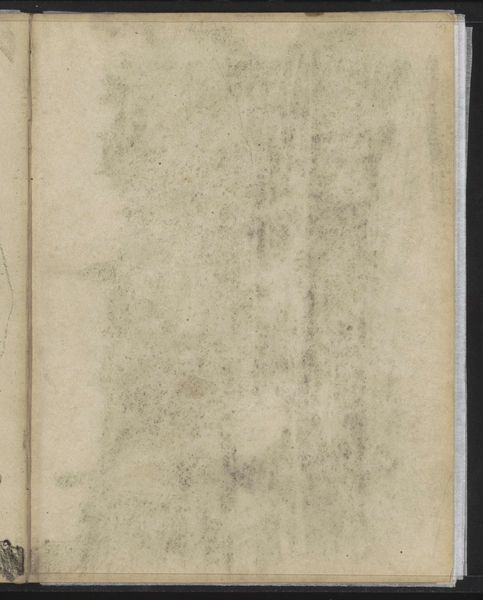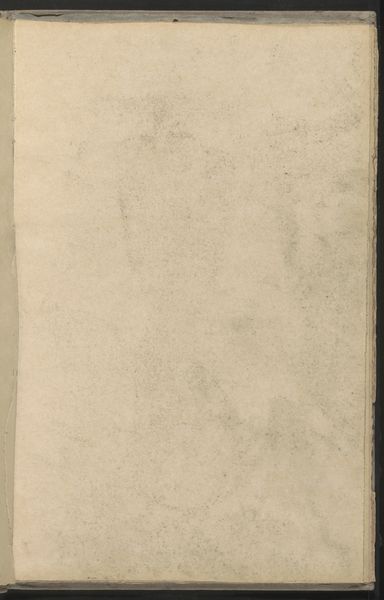
drawing, paper, pencil
#
portrait
#
drawing
#
impressionism
#
landscape
#
paper
#
pencil
Copyright: Rijks Museum: Open Domain
Editor: Here we have Willem Witsen's "Abklatsch van de krijttekening op pagina 38," a pencil drawing on paper from around 1884 to 1891. At first glance, it's incredibly faint and almost ghostly. What do you see in this ethereal work? Curator: The fading is, in a way, the point. The “Abklatsch,” a transfer or rubbing, speaks to the ephemeral nature of memory. Look closely – can you discern the palimpsest, where images hint at landscape, portraits possibly layered and partially erased? Editor: I see what you mean about the layers. It almost feels like looking at a dreamscape or a faded photograph. What symbols do you think Witsen was exploring here? Curator: Consider the period - the late 19th century. Impressionism challenged visual perception; memory became a key theme. The "Abklatsch" embodies this preoccupation. Perhaps Witsen is hinting at how identity and place are formed through incomplete recollections. Think of it: a landscape barely visible, a portrait fading away... what remains? Editor: So it’s about the process of forgetting as much as remembering? Curator: Precisely! It’s the residue, the trace, the lingering emotional impression, not a clear picture. The medium, pencil on paper, adds to this vulnerability. It's a powerful commentary on the fragility of existence. Editor: This really challenges our assumptions about art. Thank you, that gives me a lot to think about. Curator: And me as well, seeing art through new eyes, finding depth in seeming simplicity.
Comments
No comments
Be the first to comment and join the conversation on the ultimate creative platform.

